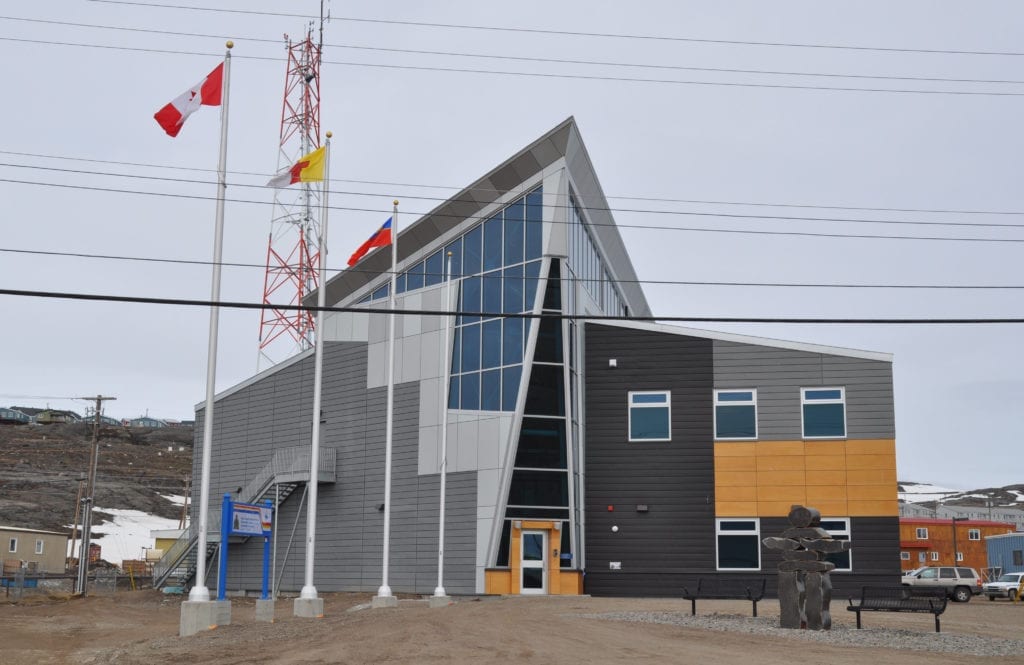The relationship between Nunavummiut and the RCMP has long been strained and a southern Canadian judicial system being thrust upon Northern residents has had many consequences that have rippled throughout the decades.
There has been a lot of progress since the first days of red-coat Mounties exacting justice in Nunavut, but it's going to take a lot more before residents accept and support RCMP being involved in their lives.

NNSL file photo
Note the recent incident that has taken place in Kinngait. Police were involved in what is only being officially described as "an incident between police and residents." Almost no other information was provided by Mounties or the third-party investigators, the Ottawa Police Service. It took speaking with the mayor of the hamlet to confirm that someone had even died.
Nunavut News readers have been writing in and asking where our articles are on the incident since no one can get reliable information.
While it may be crucial to control information in an on-going investigation, the people are demanding answers in a high-stress situation in a relatively small community, a recipe for misinformation to run rampant.
In the current climate, exacerbated by on October 2018 account of alleged police brutality in Taloyoak, officers can't afford rumours to run amok.
Tununiq MLA David Qaminiq has been calling for the use of police body-cams -- a common practice among police forces across North America -- in the legislative assembly only to be met with excuses insisting the technology won't work in Nunavut, though surely they could pilot their use in larger centres.
Qaminiq, along with Netsilik MLA Emiliano Qirngnuq, has also called for the re-installation of Inuit special constables, a once positive program that aimed to improve relationships between cops and the majority demographic in the territory.
Nunavut's top cop Chief Supt. Amanda Jones has weighed in on these issues, mostly citing logistical challenges in processing raw footage from dozens of body-cams and a lack of funding and approval for reviving the special constable programs.
There is no doubt that Jones and the rest of "V" Division are committed to improving Inuit-police relations, but nothing short of bold action will resonate with doubters.
Body-cams would not only help gain the trust of the public but also protect officers from accusations of abuse when their actions are justified. This lack of transparency isn't fair to anyone and should be near the top of priorities for brass to implement.
If expanding the technological prowess of Nunavut police comes at a high price and requires hiring a few more civilian staffers, it is a small price to pay for building safe and trusting communities.
Waiting as technology improves simply will not cut it. This should remain a high priority for the police while the feds and GN need to pull their socks up and make these initiatives happen, for everyone's sake.